Square and Afterpay: The hungry, big-tech wolf at the banks’ door
Big tech and Afterpay with Jack Dorsey’s Square amount to the most serious threat faced by the banking industry so far.
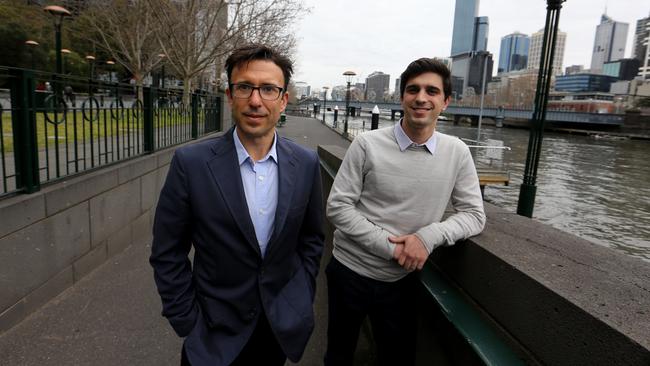
It didn’t take long to trace the sharp intake of breath which accompanied US tech billionaire Jack Dorsey’s agreed, $39bn pitch for homegrown buy now, pay later upstart Afterpay.
With investor mouths agape at the implied revenue multiple of more than 40 – you read correctly: not profit, but revenue – the sudden manifestation of constricted throats was immediately traced to the banking industry.
Joseph Healy, the co-founder of SME lender Judo and former head of National Australia Bank’s business bank, says big tech and the creation of behemoths like Square/Afterpay represent an unprecedented threat to the four major banks.
“It’s much more serious than anything in the past; it’s global, the companies move easily across borders, and they’re largely unregulated,” Healy says.
“So the $64,000 question is: to what extent will the regulators step in and set some boundaries?
“It’s difficult because big tech is disrupting an industry which needs a lot more competition, but there’s an inherent conflict between regulatory consistency and competitive intensity.”
After heavy criticism of the payments industry’s regulatory structure last week by CBA chief executive Matt Comyn, there was some cause for optimism for the banks on Friday.
Reserve Bank governor Philip Lowe conceded before a parliamentary committee that laws needed to be updated to give the central bank greater flexibility to regulate the global technology giants.
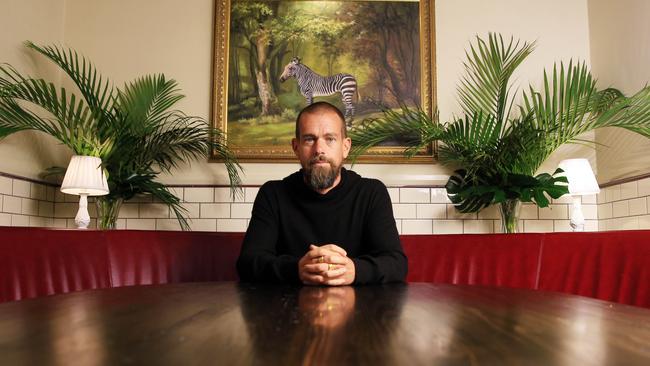
Dr Lowe also said non-banks holding customer funds should be subject to a licensing regime.
In the meantime, the vast economic potential of a Square/Afterpay combination is not lost on Paul Bassat, the leading venture capitalist and co-founder of jobs platform SEEK.
“On the face of it, this appears to be a ‘1+1=3’ opportunity,” Bassat says.
Back in 2014, coincidentally the same year that Nick Molnar and Anthony Eisen founded Afterpay, Bassat bemoaned the profitability of the Big Four, saying the sector’s $28bn in combined annual profit was an “extraordinary” figure – more than $1000 for every man, woman and child in Australia.
He predicted that traditional banks would be challenged by start-ups working out new ways to solve old problems, including payments and peer-to-peer lending.
Seven years later, major bank profits have barely changed, leaving aside the – hopefully temporary – impact of a global pandemic.
However, instead of accepting that fintechs have failed to deliver on the early hype, Bassat argues that the sector globally has created trillions of dollars in value; it’s just that the continuing waves of disruption have not translated a zero-sum game.
“The value creation doesn’t seem to have come from the incumbents, so the conclusion you reach is that market growth has cushioned the impact,” he says.
Unlike SEEK’s experience in the media industry, where the transition of classified job advertising to online reached a tipping point and then switched over in a rush, Bassat expects the current trend to continue.
Incumbent banks, he says, will not disappear.
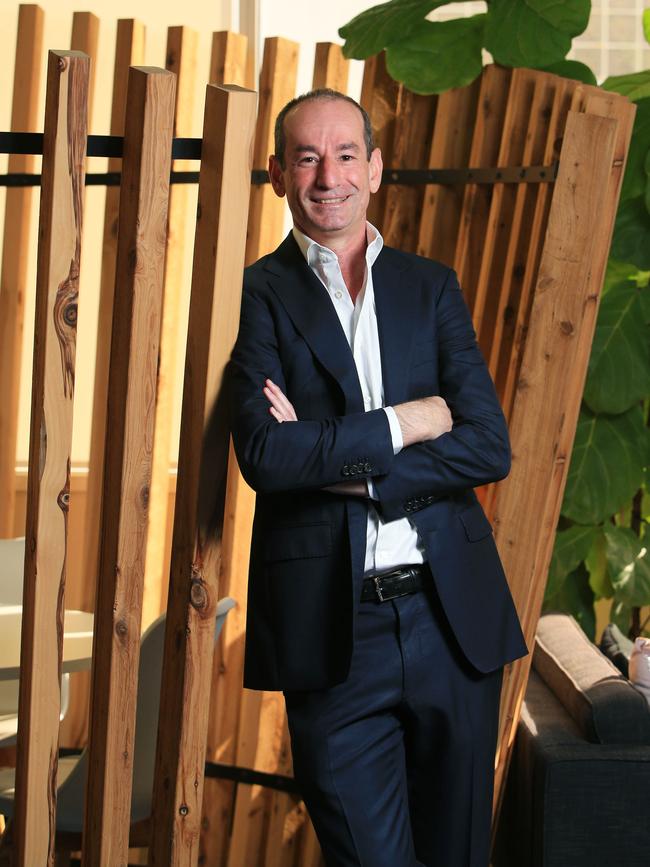
Instead, they will remain in battle, burdened by outdated technology and antiquated products, but benefiting from lower funding costs and their powerful distribution networks.
The heightened anxiety in the banking industry reflects an assessment that the enlarged Square/Afterpay group and its muscular brands will have a much better shot at interposing itself between traditional banks and their customers.
Without direct customer contact, banks become more vulnerable because they risk losing their influence over price and the ability to upsell or cross-sell.
Afterpay and Square have been extraordinarily successful in targeting payments to chip away at the bank/customer relationship.
They have both understood that creating a virtuous circle and building up both sides of the network – in this case consumers and merchants – is critical to success.
The more consumers there are in the network, the more valuable it is to merchants, and vice versa.
Afterpay has been engaged in a global land grab over the last three years, growing its 2m active consumers and 16,000 merchants in June 2018 to 16.2m and 98,000, respectively, by last June.
Keenly sought consumers from the hard-to-reach millennial and Gen Z demographics have fallen over themselves to download the Afterpay app and take advantage of interest-free instalment payments, in preference to the debt traps associated with credit cards.
Merchants, for their part, stump up an average fee of four per cent to Afterpay in return for about 1m leads a day across the network.
A lead is defined as a search, click or purchase in the app, or when a potential customer is directed to the merchant’s site.
Hugh Robertson of broking firm Bell Potter, who handled the $160m Afterpay float in 2016, says Molnar and Eisen have a “flawless history of execution”.
“Molnar has 100 per cent faith in Eisen’s financial perspective, and Eisen has total faith in Molnar’s marketing skills because he’s the best salesman in the world,” Robertson says.
“I think Molnar has more front than Myer – he’s as charming to someone who’s worth two bob as he is to someone who’s worth $25bn.
“It’s the perfect yin and yang for a public company.”
Robertson, who admits in a 35-year career that he’s struggled to recommend any banking stock to his clients, agrees that the banks have a lot to fear from a Square/Afterpay combo.
Banks, he says, have yet to come up with a viable service model for their customers, and innovation has been “forced on them”.
Some were also taking a dim view of BNPL activity by their customers, which confounds Robertson who believes they should be congratulated for displaying some degree of financial discipline.
As for Dorsey, the businessman’s huge public following reflects his credentials as Twitter co-founder and chief executive, but duplication of both roles at Square is the cornerstone of his estimated $US15bn ($20bn) net worth.
Like ASX-listed Tyro, Square began with a low-key assault on the banks through merchant terminals.
The company then expanded into small business lending by using the rich transaction data from its terminals to automate loan approvals, before getting serious in 2020 when it secured a banking license for its Utah-based Square Financial Services.
While SFS was positioned last March as the main provider of financing for Square sellers, or merchants, across the US, the parent cautioned it would remain a technology company at heart.
“Square will own a bank, not become a bank,” it said.
Last July, the company broadened its financial services offering to include two new deposit accounts, on top of the already active lending capability for short-term working capital requirements.
The hope is that the creation of a one-stop-shop will lure business away from incumbent banks like Wells Fargo.
Like Afterpay, Square has benefited from the global boom in e-commerce due to Covid-19.
Its shares have surged 80 per cent over the last 12 months, easily outpacing the one-third increase in the S&P 500 and valuing Square at $US130bn – in the same league as the $183bn price-tag on Commonwealth Bank.
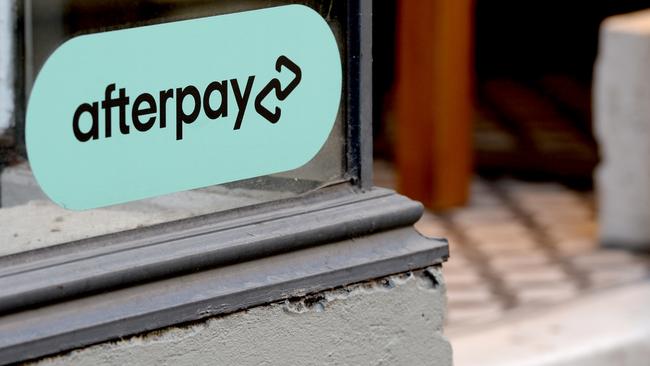
For Dorsey, Afterpay is the long-sought glue to better connect Square’s two business units: the online and in-person checkout solution Seller, and Cash App, a personal payments app boasting 70m active users which stores or transfers money.
Square aims to turbocharge growth by integrating Afterpay into both businesses and offering a deeper pool of products and services.
For example, Square’s network of sellers will be able to offer Afterpay’s BNPL option to their customers, driving repeat engagement and greater take-up of Cash App, which they can use to make their instalment payments.
Analysts have said this is the “Holy Grail” for faster, longer term growth by Square/Afterpay.
On the other side of the network, Afterpay’s global merchant base will enable Square to link up with larger sellers and expand into new countries, while helping it to acquire new sellers.
Any realisation of Dorsey’s dream would be a nightmare scenario for the banks, which is why the industry is expected to descend on Canberra and lobby fiercely against the light regulatory touch applied to the big platforms.
Afterpay is no exception, having successfully maintained the line that it’s not a credit provider because it doesn’t charge interest.
The group is therefore exempt from any requirement to conduct credit checks.
Judo’s Healy, for his part, believes the major-bank consumer businesses will feel the sharpest competitive edge from Square/Afterpay.
“There are hugely profitable businesses in there – credit cards is a 30 per cent ROE (return on equity) business and buy now, pay later is a substitute for credit cards,” he says.
While short-term cashflow lending for working capital would also see a sharp rise in competitive intensity, Judo was much more focused on providing long-term, 3-5 year funding to its SME customers.
Andrew Irvine, head of NAB’s business bank, is unfazed by the looming threat.
“There is absolutely a place in the market for fintechs and competition makes us all better – ultimately this is good news for customers,” he says.
Bell Potter’s Robertson expects Molnar and Eisen to continue their track record of flawless execution.
“You can’t fault it so far and neither can you fault Dorsey’s,” he says.
“The risk is that the biggest deal is the bad one, but those two guys (Molnar and Eisen) would have analysed it like a giant, 20-block Rubik’s cube and found it’s the best way to accelerate growth.
“If it’s good enough for them, then it’s probably good enough for me.”



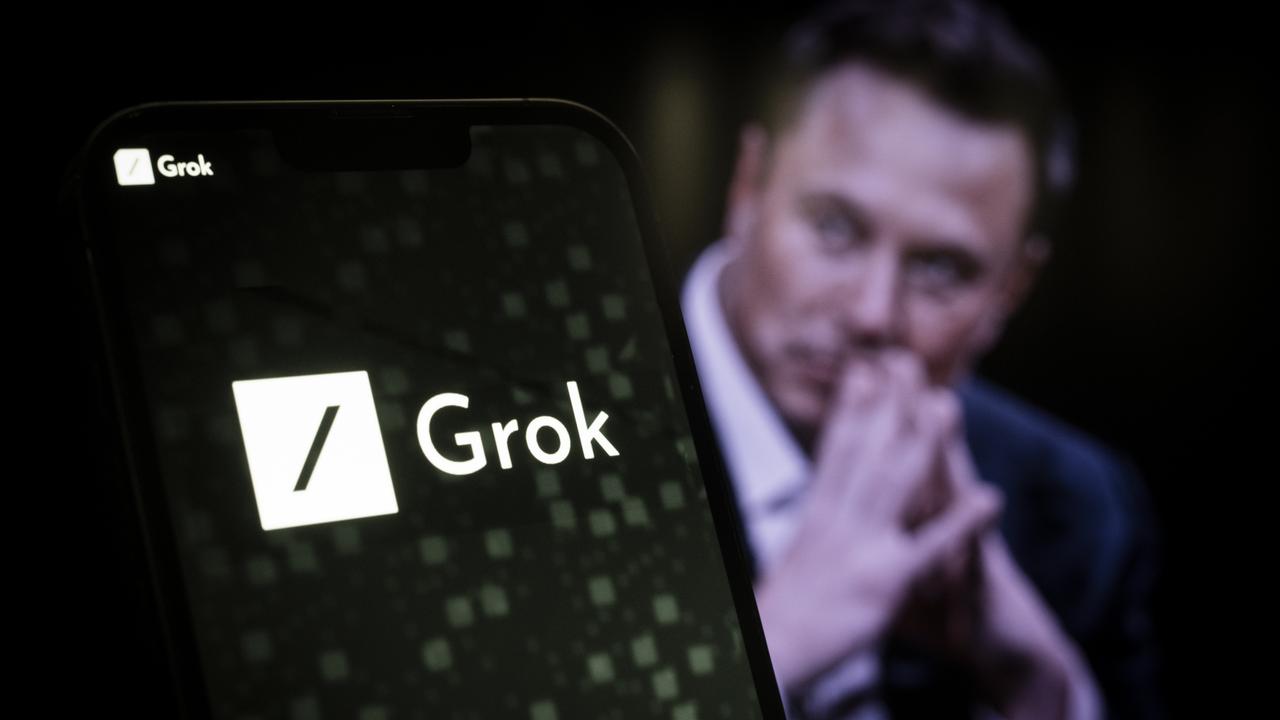
To join the conversation, please log in. Don't have an account? Register
Join the conversation, you are commenting as Logout